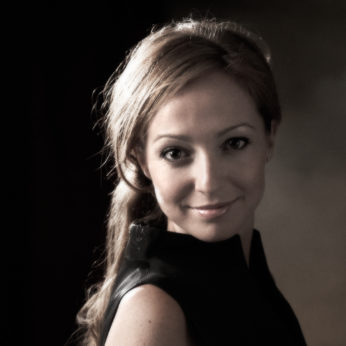Composer: Antonio Vivaldi (b. 1678 - d. 1741)
Performance date: 04/07/2013
Venue: St. Brendan’s Church
Composition Year: 1716
Duration: 00:05:01
Recording Engineer: Damian Chennells, RTÉ lyric fm
Instrumentation Category:Small Mixed Ensemble
Instrumentation Other: Mez-solo, 2vn ,va, vc, thb
Artists:
Elbipolis Barockorchester Hamburg (Albrecht Kühner [violin], David Maria Gramse [violin], Lothar Haass [viola], Kate Hearne [cello & recorder], Andreas Arend [theorbo], Luise Haugk [oboe], Veronika Brass [harpsichord]) -
[baroque ensemble]
Clara Mouriz -
[mezzo-soprano]

Armatae
face e aguibus, a splendidly dramatic aria pleading to
the Furies for vengeance, is taken from Vivaldi’s oratorio Juditha Triumphans at the point where Vagaus discovers that Juditha
has beheaded Holofernes. The allegorical drama is one of one only four
oratorios written by Vivaldi and the only one which survives. The work has some
political significance, being commissioned to celebrate the victory of the
Republic of Venice over the Turks at the siege of Corfu in the summer of 1716.
The oratorio was completed and performed by an all-girl cast at the Pietà in
November of the same year, using a Latin libretto specially written by the
Venetian poet Giacomo Cassetti. Vivaldi sets the scene of the aria immediately
with his raging string ritornello, intensifying the mood with some
fantastically fiery coloratura passages, which leave the listener feeling
genuinely affected and afraid of the wrath that has been unleashed.
Copyright © 2024 West Cork Music. All rights reserved.
Designed and developed by Matrix Internet